

World Heritage Sites
designated by
UNESCO
the World Heritage Committee has inscribed 890 properties on the World Heritage List
The following are some I have visited:
| Historic Town of Guanajuato and its Silver Mines, Mexico |
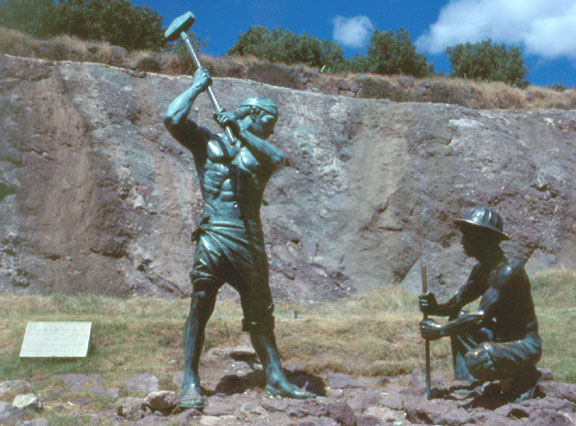
monument to the miners
Founded by the Spaniards in the early 16th century, it became the world's leading silver extraction centre in the 18th century. This past can be seen in its "subterranean streets" and the "Boca del Infierno", a mineshaft that plunges a breathtaking 600 meters. Its churches, La Compañía and La Valenciana, are considered to be among the most beautiful examples of Baroque architecture in Central and South America.
| Medina of Fez, Morocco |
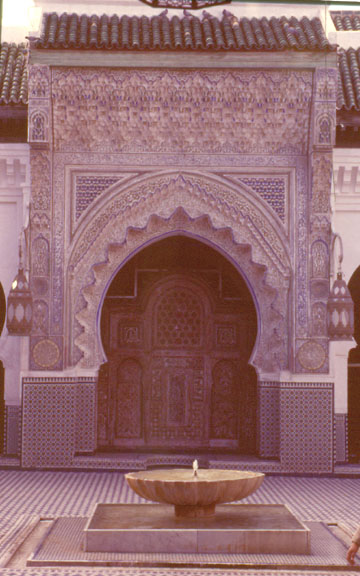
in the medina
Founded in the 9th century, Fez reached its height first in the 14th century under the Marinides and again in the 17th century. In 1912, when France established Rabat as the new capital, its political importance declined, but its religious and cultural role continues today, centered as it is around the two famous mosques of Al-Qarawiyin and Al-Andalus in the heart of the medina.
| Archaeological Site of Volubilis, Morocco |

Volubilis
The Mauritanian capital, founded in the 3rd century B.C., became an important outpost of the Roman Empire and was graced with many fine buildings. Substantial remains of these survive in the archaeological site, located in a fertile agricultural area. It was later to become briefly the capital of Idris I, founder of the Idrissid dynasty, who is buried at nearby Moulay Idriss.
| Historic City of Meknes, Morocco |
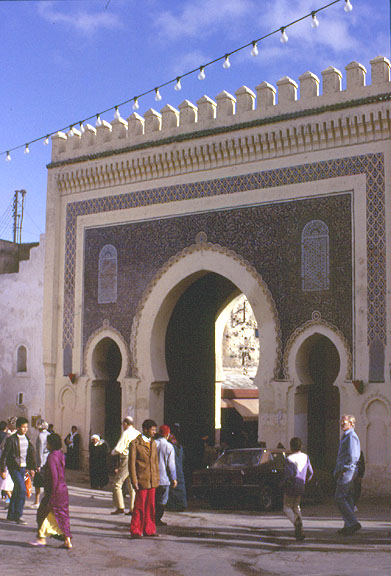
entrance to the Medina
Founded in the 11th century by Almoravid rulers as a military town, Meknes became a capital under Sultan Moulay Ismaïl (1672- 1727), the founder of the Alaouite dynasty. The Sultan turned it into a impressive place in Spanish-Moorish style surrounded by high walls with great doors which show today the harmonious blending of Islamic and European styles of the 17th-century Maghreb.
| Medina of Marrakesh, Morocco |
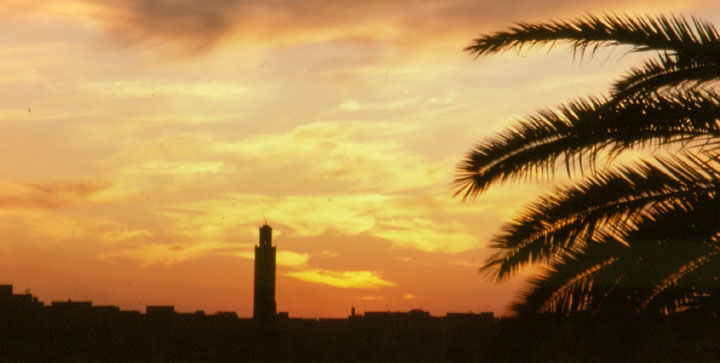
Marrakesh at night
Marrakesh, founded in 1071-1072, was the capital of the Almoravids and later the Almohades. The lively medina contains an impressive number of architectural masterpieces, including the walls and the monumental gates, the Kutubiya Mosque with its 77-metre-high minaret, the Saadian tombs and characteristic old houses.
| Kathmandu Valley, Nepal |
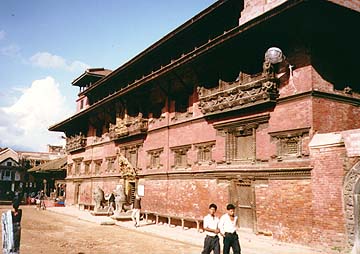
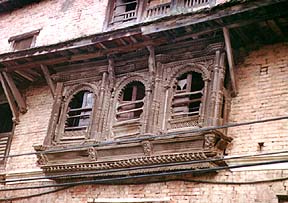
Nepal Architecture
At the crossroads of the great civilizations of Asia, seven groups of Hindu and Buddhist monuments, as well as the three residential and palace areas of the royal cities of Kathmandu, Patan and Bhadgaon, illustrate Nepalese art at its height. Among the 130 monuments are pilgrimage centres, temples, shrines, bathing sites and gardens - all sites of veneration by both religious groups.
| Ruins of León Viejo, Nicaragua |
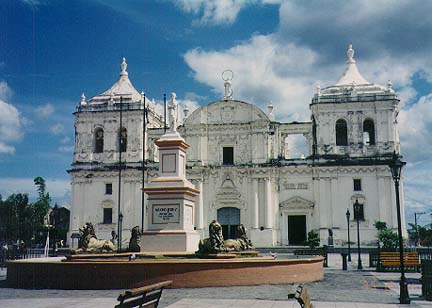
León
León Viejo is one of the oldest Spanish colonial settlements in the Americas. It did not develop and so its ruins are outstanding testimony to the social and economic structures of the Spanish Empire in the 16th century. The site has immense archaeological potential.
| Air and Ténéré Natural Reserves, Niger |
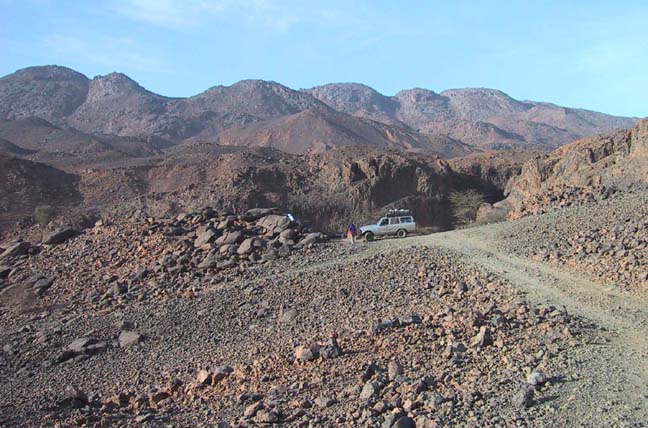
the L'Air mountain terrain
This is the largest protected area in Africa, covering some 7.7 million hectares. The area considered as a protected sanctuary is only one- sixth of the total area. It includes the volcanic rock massif of the Aïr, a small Sahelian pocket, isolated as regards its climate and flora and fauna in the Saharan desert of Ténéré. The reserve boasts an outstanding variety of landscapes, plant species and wild animals.
| Bryggen, Norway |
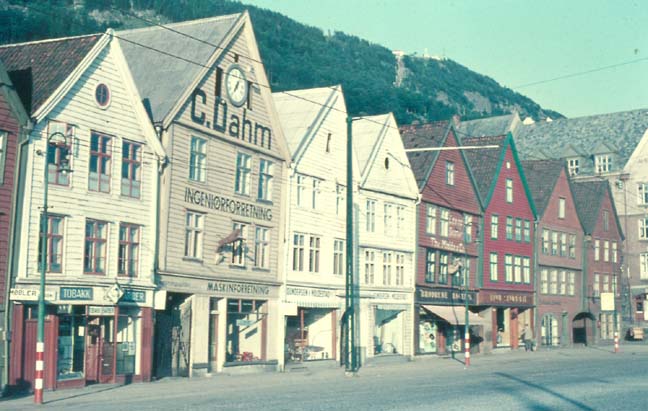
Bergen
Bryggen, the old wharf of Bergen, is a reminder of the town's importance as part of the Hanseatic League's trading empire from the 14th to the mid-16th century. Many fires, the last in 1955, have ravaged the beautiful wooden houses of Bryggen but its main structure has been preserved. Many of the remaining 58 buildings are now used as artists' studios.
| Urnes Stave Church, Norway |

stavkirke
Set in the natural landscape of Sogn og Fjordane, the wooden church of Urnes (the "stavkirke"), built during the 12th and 13th centuries, is an exceptional vestige of Scandinavian wooden architecture. The church brings together traces of Celtic art, Viking traditions and Romanesque spatial structures.
| Bahla Fort, Oman |
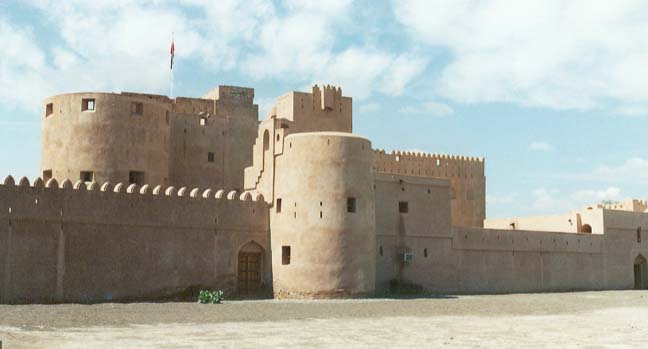
The Oasis of Bahla owes its prosperity to the Banu Nebhan which dominated other tribes in the area from the 12th to the end of the 15th century. The ruins of the immense fort, with walls and towers of earthern brick and foundations of stone, provides a remarkable example of this type of fortification and attests to the power of the Banu Nebhan.
| Fort and Shalamar Gardens in Lahore, Pakistan |

Shalimar Gardens
These are two masterpieces from the time of the brilliant Mughal civilization, which reached its height during the reign of the Emperor Shah Jahan. The fort contains marble palaces and mosques decorated with mosaics and gilt. Near the city of Lahore, the elegance of the splendid gardens, built on three terraces with lodges, waterfalls and large ornamental ponds, is unequalled.
| The Fortifications on the Caribbean side of Panama: Portobelo-San Lorenzo, Panama |
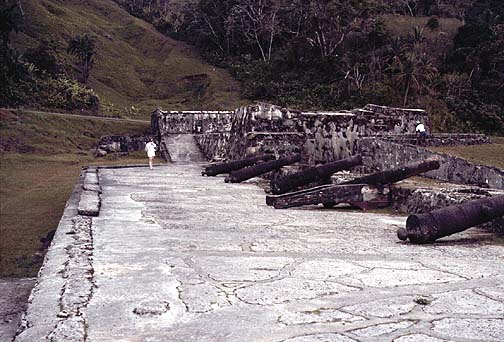
Magnificent examples of 17th- and 18th-century military architecture, these Panamanian forts on the Caribbean coast form part of the defence system built by the Spanish Crown to protect transatlantic trade.
| The Historic District of Panamá, with the Salón Bolivar, Panama |
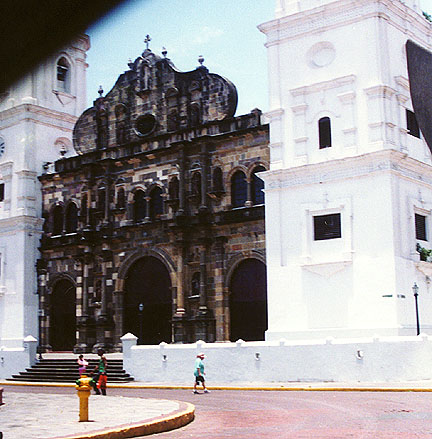
cathedral facade (1673)
Panamá was the first European settlement on the Pacific coast of the Americas, founded in 1519 by the conquistador Pedrarias Dávila. The Historic District, which developed after 1671, preserves in its street pattern the early layout; the architecture is an unusual mixture of Spanish, French, and Early American styles. The Salón Bolivar was the venue for the unsuccessful effort made by El Libertador in 1826 to establish a multi-national continental congress.
| City of Cuzco, Peru |
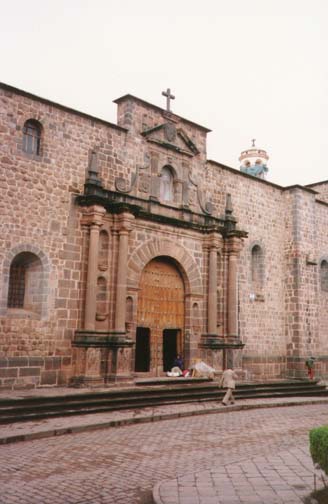
Cuzco
Located in the Peruvian Andes, Cuzco developed, under the Inca ruler Pachacutec, into a complex urban centre with distinct religious and administrative functions. It was surrounded by clearly delineated areas for agricultural, artisan and industrial production. When the Spaniards conquered it in the 16th century, they maintained its structure but built Baroque churches and palaces over the ruins of the Indian city.
My Life List of World Heritage sites I have visited
![]()
Return to Favorite Experiences page
![]()